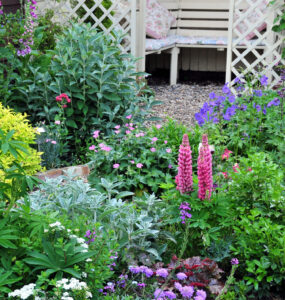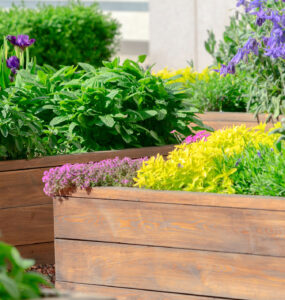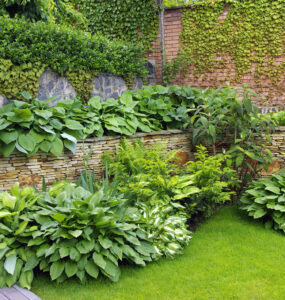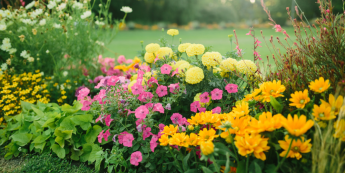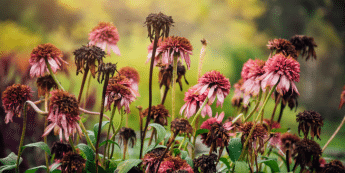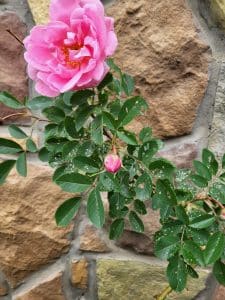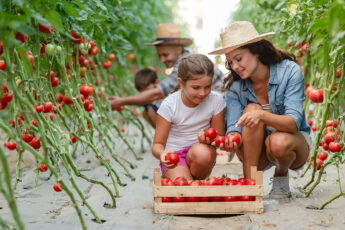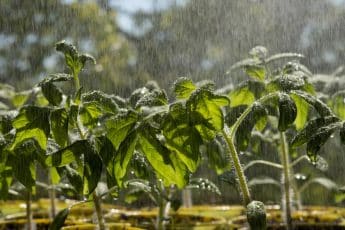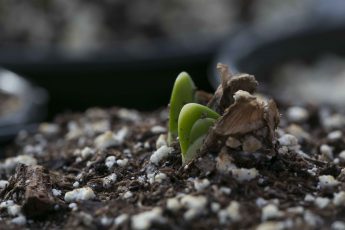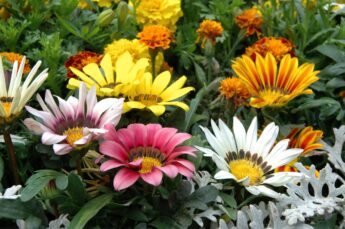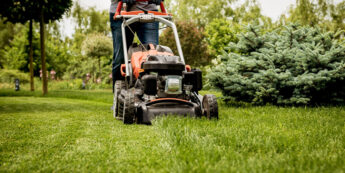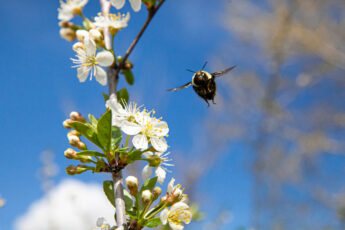Cats and your Houseplants
by Rob Sproule
I’m a huge cat lover and am the first to point out that, in the home, they are an enigma. We’ve been tapping into the intense affection they can give for millennia all the while understanding that they have never really been domesticated.
When I look at my bobcat-esque feline Chester, I know that the only real difference between him and a Serengeti Lion is size (and some serious dieting). I try not to ask myself what Chester would do to me if he weighed 500 lbs. This being said, Chester is capable of occasional and unconditional affection that makes a rotten day just fall away.
With these untamed beasts roaming our halls and sleeping on our favourite chairs, it’s natural that they bring a few evolutionary quirks in with them. Eating plants is one of their more exasperating qualities.
Why do Cats Eat Plants
It’s normal and, often, necessary for plants to nibble on greens in order to help process the hairballs accumulating in their stomachs. In wild spaces, which includes your backyard, they eat grass. When winter traps cats in the home they resort to more destructive measures for their fix.
Cats are drawn to plants that dangle, sway, hang, and otherwise mimic toys. Stable, upright, and/or low-to-ground plants tend to catch fewer punctures. I’ve found palm trees, spider plants, and orchids to be favoured victims.
How to Prevent Kitty Nibbles
Cats eat houseplants because they need greens for hairball management. The best way to stop them is to provide them with what they need.
Consider keeping a small pot of cat or oat grass in the home. Fluffy will chew on it first and usually ignore his usual victims. The constant “pruning” will keep it’s quick growth in check, but when you want to freshen it up all it takes is a sprinkle of seed on moist soil.
Keeping catnip around will definitely distract from your plants. The downside is your cat will love it so much that he’ll decimate it in an evening and have nothing left. You could keep replacing it, but you’d also be keeping your kitty just a little under the influence. I typically reserve catnip for a special kitty treat.
Adding some occasional chopped parsley or lettuce to Fluffy’s food can also help his cravings by giving him some extra fiber.
Moving plants to a high shelf or hanging pot may solve the problem, assuming kitty isn’t a gymnast. It may also move the plants out of your enjoyable eyeshot, as well!
If the plant is big enough that Fluffy has to climb into the pot for access, consider lining the pot with rocks, oddly shaped knick-knacks, or even aluminum foil, which cats dislike walking across. Never fill the pot with tiny pebbles lest you want to promote it as another litter box.
Smearing crushed citrus, which cats detest, on the leaves will deter them for a short time. You can also try a host of behavior modification techniques, like spray bottles. These are effective if you’re consistent and very present, which is hard for most. Inconsistent spritzing may teach your cat to be more defensive towards you and/or only eat plants when you’re not around.
Toxic Plants
Chewing plants isn’t always harmless. Some common houseplants are toxic to cats, causing reactions that range from a mild rash to death.
While some claim that cats can sense which plants they need to avoid, the decision of whether or not to bring toxic plant into their space is yours, as their caregivers, to make. A quick Google search will pull up the complete list of toxic houseplants, but here are the most dangerous to cats (ie. fatalities have been reported): Azalea, Lilies, Crocus, Cyclamen, Dieffenbachia, Mistletoe, Oleander, Sago Palms, Agapanthus, and Daffodil.
Other plants, from Aloe Vera to Chrysanthemums to Begonias and English Ivy, can cause excessive vomiting and other symptoms. The bottom line is, if your cat is a plant chewer, take 10 minutes and Google the plants he has access to (ex. “Is ______ toxic to cats?”).
If your cat is in distress after eating a plant, get him to the vet right away along with a sample of the plant in a sealed plastic bag. The sample is so, if it is poisoning, the vet knows quickly and exactly what she’s dealing with.


